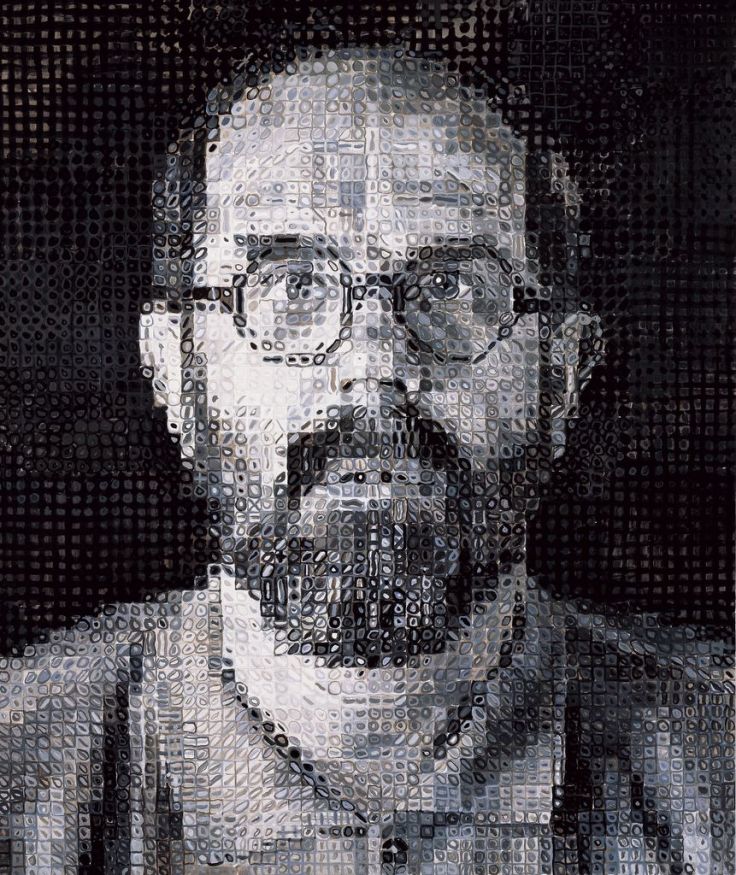
Banksy (unknown title and lifespan) 2016
Historically speaking, I think this piece discusses how social status plays out in modern times. Social status is largely based off of an individuals’ online presence and in a time where social media dominates the communication world, it is hard to escape the effort of putting yourself online. I think this piece speaks to the many people that struggle to stand out not only online but in the real world as well. I think it is a humorous yet accurate depiction of how being ignored through any social situation makes one feel inferior and useless. But in the historical context of this piece, it is representing how iconic symbols of modern times define one’s social status due to the fact that everyone is online.
What do you think this piece is saying about modern communication?









Recent Comments